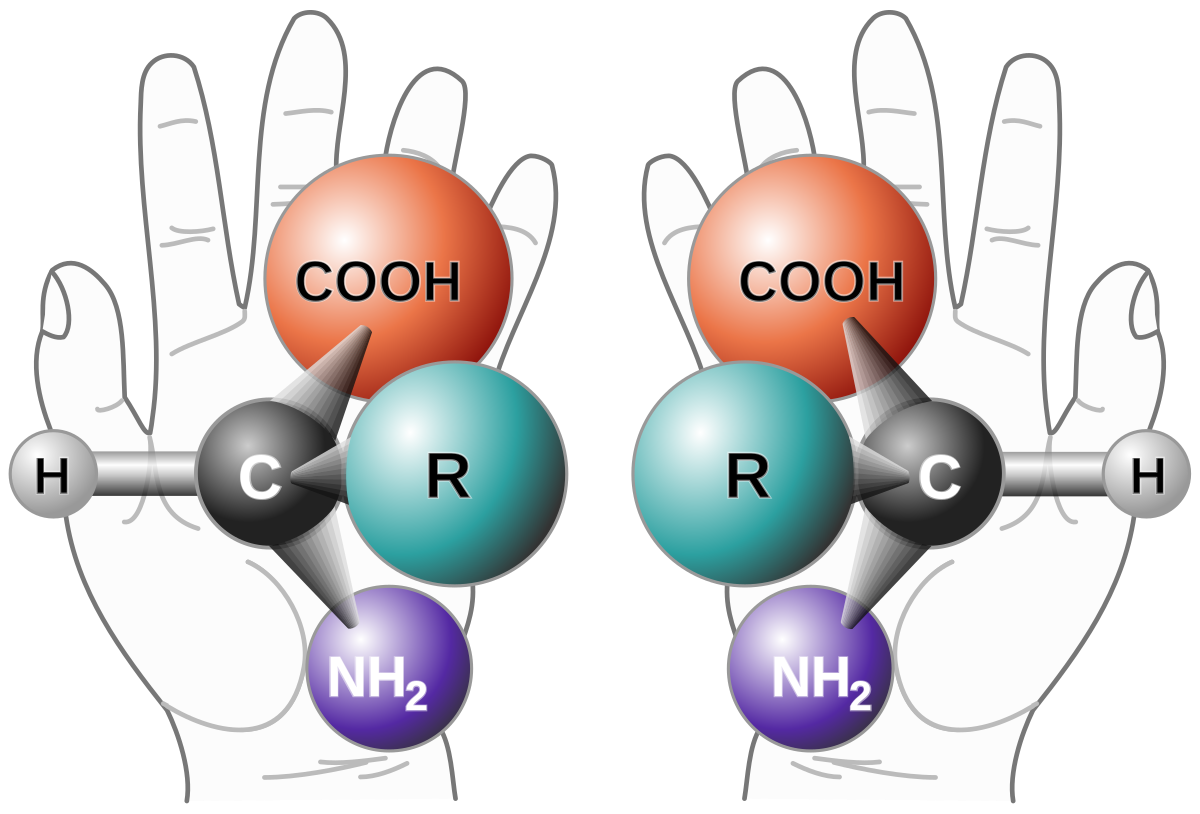Science
Related: About this forumQuorum-Sensing Peptide-Modified Polymeric Micelles for Brain Tumor-Targeted Drug Delivery
The title of this post comes directly from the paper I'll briefly discuss here, this one: d-Retroenantiomer of Quorum-Sensing Peptide-Modified Polymeric Micelles for Brain Tumor-Targeted Drug Delivery (Lu et al ACS Appl. Mater. Interfaces, 2017, 9 (31), pp 25672–25682)
I don't spend as much time with this journal as I'd like, and I'd never have the time to follow it entirely; it's a rich journal published weekly, and it's full of wonderful stuff.
This paper caught my eye though: My mother died from a brain tumor as a relatively young woman. It wasn't pretty, and the memory of that event never went away; it never will go away, until at least, I die. I can touch anyone of those horrible associated events as if they were taking place now; it was that awful.
But this is a very cool paper from a purely scientific stance, since it begins with a discussion of the lives of bacteria (which generally have nothing to do with brain tumors) and moves to the behavior of cells in our brains. (That's beautiful.)
The text from introduction to the paper says pretty much what it's about:
The authors synthesize some "retro-inverso" peptides and put a paclitaxel payload on them. Paclitaxel is a very famous anti-cancer drug in the taxol family; it slows the replication of wildly dividing cells like cancer cells by interfering with spindle formation in mitosis. This drug was originally discovered in the bark of relatively rare yew trees in the Pacific Northwest, causing some people to worry about the extinction of the tree to make cancer drugs. The world chemical community was, however, able to synthesize the drug from precursors found in dead yew pine needles, saving the trees and saving lives.
The payload approach, attaching a cancer drug to a protein (or in this case a peptide) that will recognize a target is very popular these days, particularly with antibodies. Antibodies having cancer (or other) drugs attached to them are known as "ADC's" or "Antibody Drug Conjugates." Peptides (which are short stretches of coupled amino acids not long enough to be considered a protein) also have recognition ability, although their conjugated use for payload delivery is somewhat more rare.
"Retro-inverso" peptides are peptides where the sterochemistry, the three dimensional arrangement of the constituent amino acids, is inverted from the stereochemistry of the natural amino acids, all of which (except cystine for reasons of nomenclature) have an "S" configuration as opposed to the unnatural "R" configuration. R and S in the case of amino acids refers to D and L configurations; all natural amino acids are L; their mirror images are D.
(If you are unfamiliar with this concept, this nice internet picture may help:

These are different molecules because like your hands, which are also mirror images, they cannot be superimposed upon one another.)
A "retro-inverso" peptide is one in which all the amino acids are D rather than L. This gives them a much longer biological half-life than they would have if they were L, giving them more time to have their biological effect.
(The "retro-inverso" approach was pioneered by the late Dr. Murray Goodman at UCSD. I knew him well enough personally to be on a first name basis with him; he once took me to lunch at the faculty club where he wanted to know how it was that I spoke French. He was a very nice man, and a very impressive scientist.)
This approach seems to have worked quite well on mice having gliomas (brain cancer tumors).
From the text:
Here's a nice picture of what's going on in this work from the paper itself:

This work by the way comes out of the Department of Pharmaceutics, School of Pharmacy, Fudan University & Key Laboratory of Smart Drug Delivery (Fudan University), Ministry of Education, Shanghai 201203, China.
This science was supported by the Chinese government.
At one time we had a government that supported and encouraged science and funded it.
We now have a government composed entirely of a class of people who hold science and scientists in total contempt; who hate science and scientists. They're called "Republicans."
We allow these awful people to rule us at terrible risk to ourselves and all future generations of Americans.
I wish you a happy and productive work week.